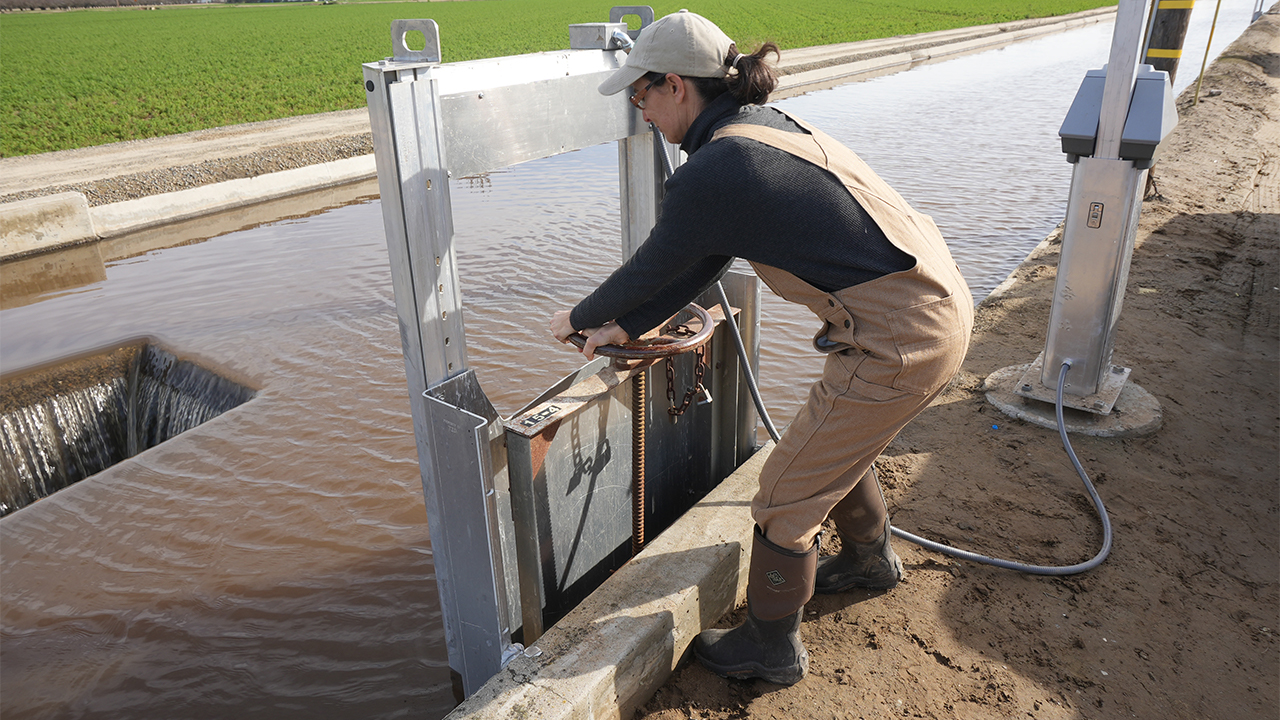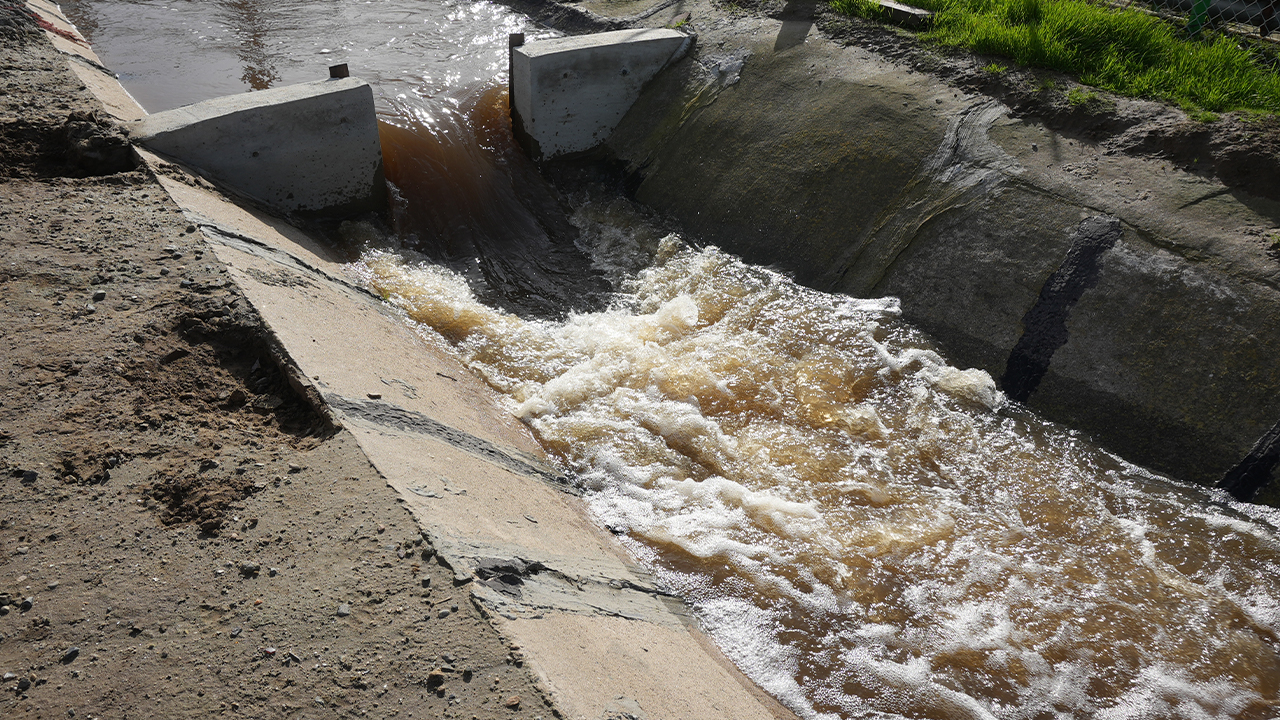The recent winter storms have reminded us that California must do more to use rain and snowmelt flood flows for recharging California’s groundwater aquifers. A key part of any strategy to utilize the excess water that comes from these atmospheric rivers and storm events is directing some of those flows to landowners who are able and willing to apply water to their land for groundwater recharge.
Growers that are able to receive floodwater can help recharge local groundwater basins, ease pressure on flood control infrastructure by diverting water elsewhere and help support meeting the goals set in the Sustainable Groundwater Management Act (SGMA). This practice can help ensure a sustainable and reliable source of groundwater for all: farmers, communities and the environment.


